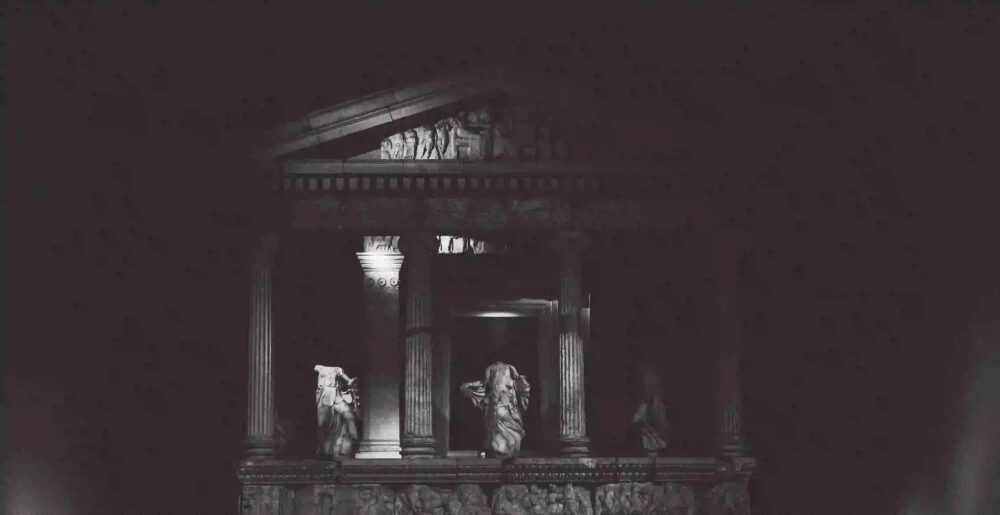Hindu mythology is a rich tapestry of ancient stories, deities, epics, and symbolism that has captivated the imaginations of people for centuries. From the powerful gods and goddesses to the epic battles between good and evil, Hindu mythology offers a glimpse into a world filled with wonder, magic, and profound teachings. In this blog post, we will delve into the captivating world of Hindu mythology, exploring its deities, epics, and the symbolism that underlies its narratives.
Deities: A Pantheon of Gods and Goddesses
At the heart of Hindu mythology are the myriad gods and goddesses that represent various aspects of the universe and human existence. From Brahma, the creator, to Vishnu, the preserver, and Shiva, the destroyer, the Hindu pantheon is a complex web of divine beings with distinct attributes and roles. Each deity is associated with specific qualities, symbols, and stories, making them unique and revered by devotees.
For example, Lakshmi, the goddess of wealth and prosperity, is often depicted with a lotus flower, symbolizing purity and abundance. Her stories highlight the importance of material and spiritual wealth in leading a balanced life. Similarly, Saraswati, the goddess of knowledge, is depicted with a veena, symbolizing the harmony between art and wisdom.
Epics: Tales of Heroism and Moral Dilemmas
Hindu mythology is replete with epic narratives that have shaped the cultural fabric of India and influenced countless generations. The two most well-known epics are the Mahabharata and the Ramayana.
The Mahabharata is a sprawling epic that chronicles the Kurukshetra war, a battle between two factions of a royal family. It delves into complex themes of duty, righteousness, and the consequences of one’s actions. The characters in the Mahabharata, such as Arjuna, Krishna, and Draupadi, are revered for their virtues and their struggles with moral dilemmas.
On the other hand, the Ramayana follows the journey of Prince Rama, his wife Sita, and his loyal companion Hanuman. It explores the triumph of good over evil as Rama battles the demon king Ravana to rescue Sita. The Ramayana teaches important lessons about loyalty, devotion, and the power of righteousness.
Symbolism: Layers of Meaning and Wisdom
Symbolism plays a crucial role in Hindu mythology, adding layers of meaning and wisdom to its narratives. From the lotus flower representing purity to the serpent symbolizing divine energy, each element holds profound significance.
For instance, the Om symbol, considered the most sacred sound in Hinduism, represents the ultimate reality and the essence of the universe. Its three syllables, A-U-M, represent the three states of consciousness - waking, dreaming, and deep sleep.
Similarly, the trishula, a trident held by Lord Shiva, represents the three aspects of existence - creation, preservation, and destruction. It serves as a reminder of the cyclical nature of life and the importance of embracing change.
Conclusion
The world of Hindu mythology is a treasure trove of fascinating tales, intricate symbolism, and profound teachings. Its deities, epics, and symbols have woven themselves into the cultural fabric of India and continue to inspire and captivate people around the world. Exploring Hindu mythology provides not only an understanding of ancient narratives but also deep insights into the human condition and the eternal quest for knowledge, meaning, and spiritual growth.
So, delve into this mesmerizing world and let the stories of gods and goddesses, epics of heroism, and symbolism of ancient wisdom transport you to a realm of awe and wonder.
Note: This blog post is intended to provide an overview of Hindu mythology and its key elements. For a more in-depth exploration, it is recommended to refer to authoritative texts and consult with experts in the field.
